The pre-production of Sam Raimi’s iconic train scene.
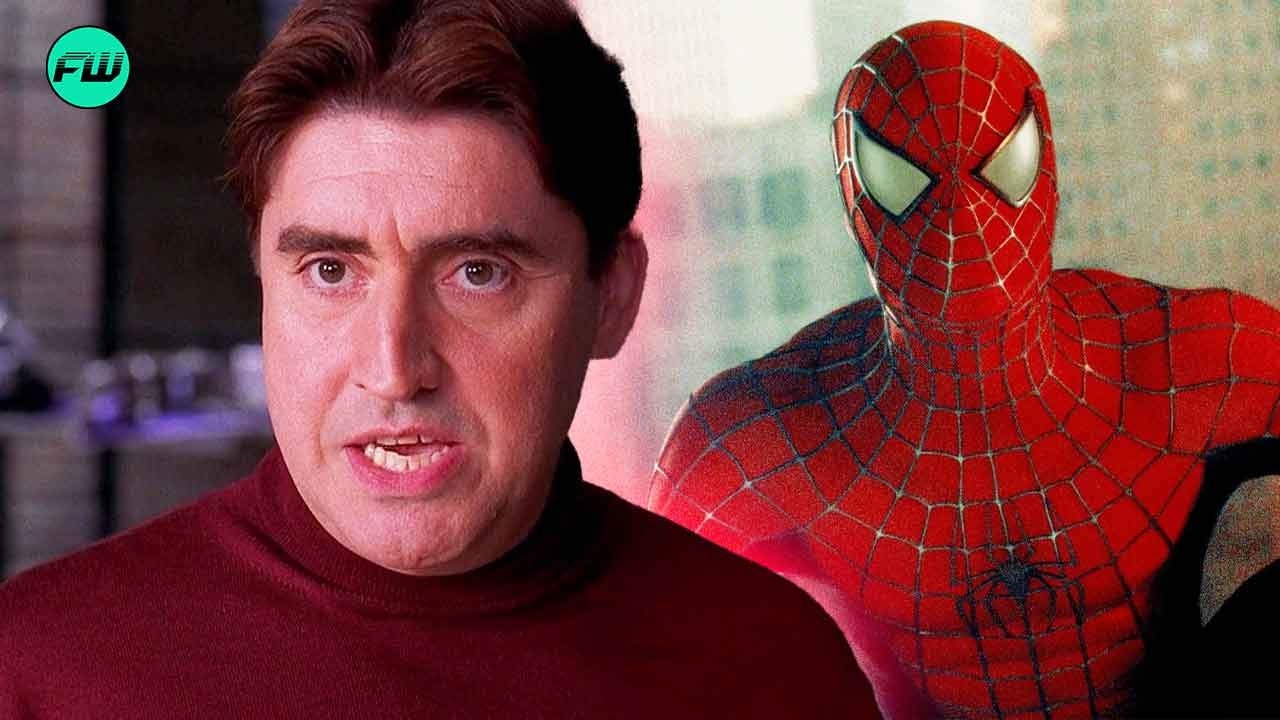
Sam Raimi’s Spider-Man 2 has many iconic scenes that have had a lasting impact. None, however, have been as timeless and memorable as the train scene. From fighting Alfred Molina’s Doc Ock on a moving train to stopping the said train and an entire train car full of people hiding Spider-Man’s identity, it is safe to say the scene left an impact. It has become ingrained in the character’s history, and there have been many attempts to recreate it.
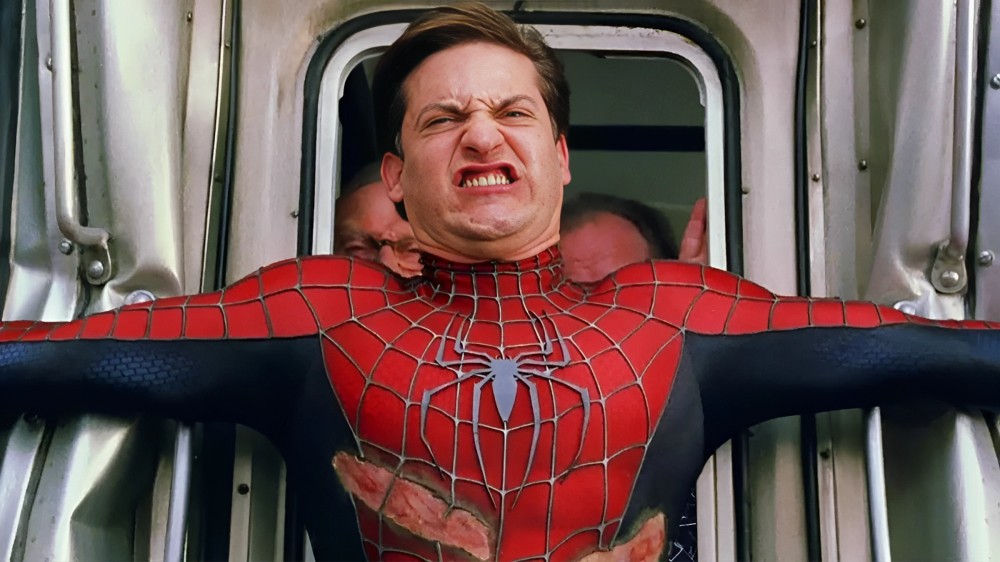
Even though the entire sequence was less than ten minutes long, the preparation and thought that went into it are truly impressive. Other than the director, it is impressive just how many hands were involved in making it. Here is an in-depth background on how the scene was shot.
The Visual Effects Team Had Their Hands Full
In an oral history published by /Films, Scott Stokdyk, the production visual effects supervisor, elaborated on the process Sam Raimi had while making the iconic scene in Spider-Man 2. Raimi had ideas pouring through him even before the production started. So pre-visualization and storyboarding came alongside different directors and stunt people. The process was entirely one of different drawings, discussions, and ideas all mixing together.
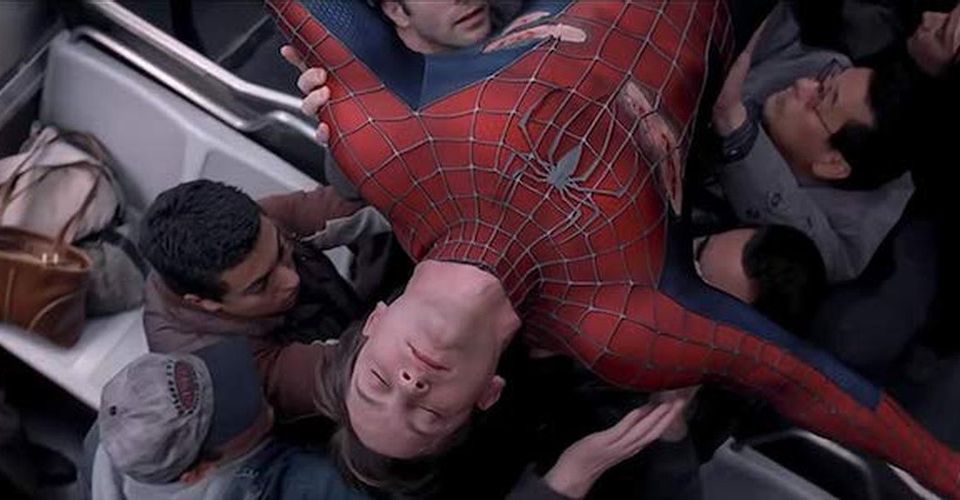
“It was a pretty extensive process in pre-production. Sam loves multiple storyboard artists and he loves doing pre-vis [pre-visualizations], too, and he brings his editor in and he cuts it all together multiple times. He brings the stunt people in, there are good second unit directors he works with, and it’s like, “Let’s work on this action beat.” It’s this involved process.” said Stokdyk.
John Dykstra, the production visual effects designer, added that they had to get special permission from Sam Raimi to go to Chicago so as to shoot the scene. They were constantly trying to manage both real and picture trains to better incorporate the sequence. The entire process was heavy, to say the least. A car could only handle four cameras, so they needed multiple vehicles that could pan out the area.
“We decided to shoot it blue screen, because obviously you had to have something outside the windows. Then we needed the live-action portion of the train doing things. So Sam gave me the opportunity to do second unit, go to Chicago, and shoot the train stuff. So I took a crew and six cameras, and we went to Chicago, and they gave us a flat car that we put cameras on.” said Dykstra.
“It was it an ambitious endeavor, but we were successful, and these were the days of shooting film” he said, then added, “Anybody who lives in New York knows that the trains in New York don’t do some of the things that our Chicago trains did, but it was effective, and I don’t remember any complaints.”
There were various changes throughout the filming of the scene. They had to switch between the blue screen and the real train to take into consideration the inside and outside environments. On top of that, Chicago trains are different from those in New York, a slight inconsistency that even fans let slide.
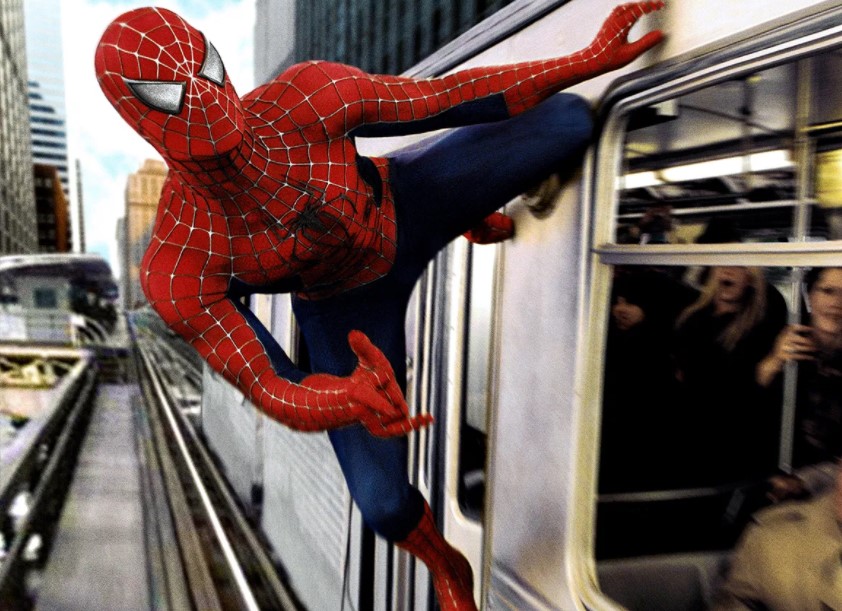
Raimi’s works go with the flow, starting with one point and ending with another. This gave them the opportunity to grow and test out many different ideas until the final product came to be.
Editors Did Not Have It Any Easier
Bob Murawski, the editor of the film, also spoke on this, and his perspective was quite interesting. It would seem that the train scene was the first one he started working on when editing the film, and it was the last to get done. This is not surprising considering how much work went into it. However, making something so intricate is not cheap. It would seem that this was another roadblock that production ended up coming into contact with.
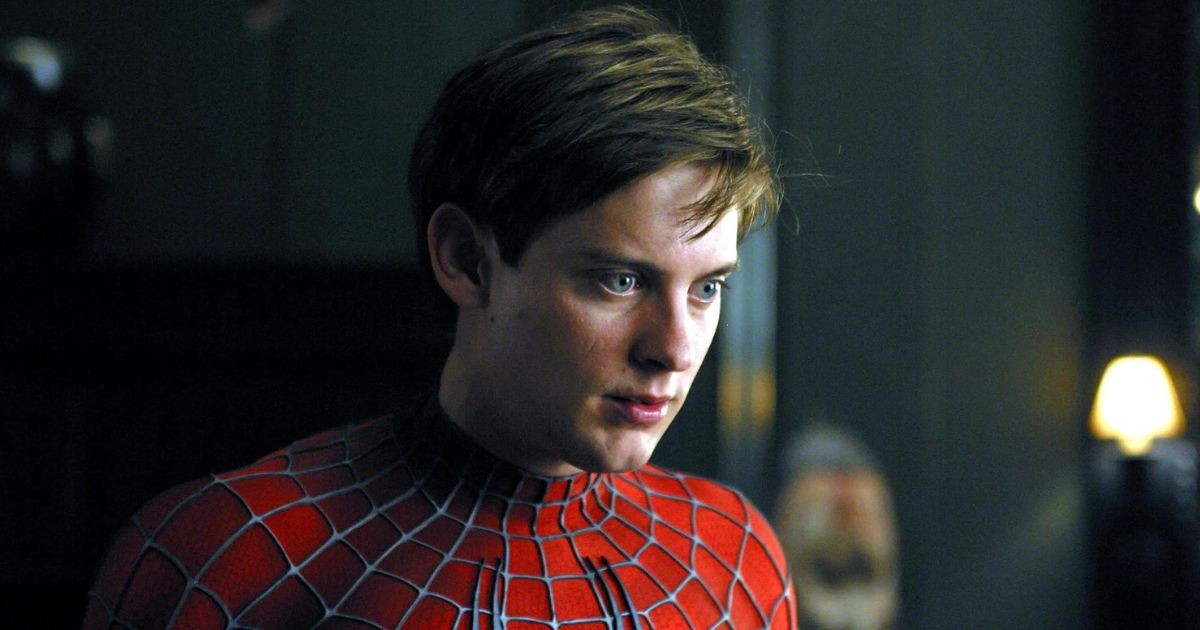
The editor was asked to come up with an appropriate way to shoot this while staying within budget. When Murawski was coming up with an approximate figure, he realized that he was 50% above budget. Raimi asked him to find a workaround, and he started to cut corners.“So I just basically put it together, and looked for places where things
seemed repetitive, or things that we could get rid of.” He went on, “I figured out places where we could remove material if things seemed maybe a little redundant, or maybe they were good, but things that were clearly we couldn’t afford.”

After figuring all of these details out, Murawski found a way to shoot the scene within their $12 million budget, and filming began.
Alfred Molina Was More Than A Little Impressed By Sam Raimi
Alfred Molina also spoke on the pre-production aspect of his train fight with Spider-Man in Spider-Man 2. He talked about the first time Sam Raimi talked about the scene. When he was pitching the sequence, the filmmaker had a lot of different means to give an exact vision of what he was aiming for. He had fake train cars and storyboards that made it as close to realistic as one could get in a room.
“The first time [Sam] took me through it, I actually said to him, “I feel like I’m watching the movie.” Because I’d been used to seeing storyboards.”he went on,“They were quite exciting, but it was like looking at a comic book.” he then added, “And I thought, “Wow, this is going to look amazing.” So I remember going into it, very excited, very nervous as well, because I didn’t want to make a fool of myself.”
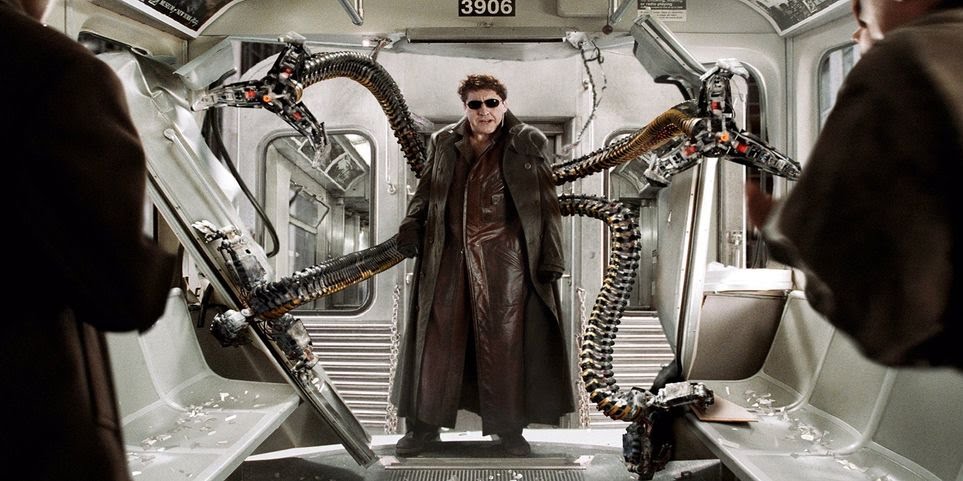 Alfred Molina as Doc Ock in Sam Raimi’s Spider-Man franchise
Alfred Molina as Doc Ock in Sam Raimi’s Spider-Man franchise
After witnessing the execution, Molina mentioned that he felt like he had just watched a movie. The entire sequence seemed so immersive to him that he got lost in it. After the trance faded, however, the actor got quite nervous. Although he was excited to be a part of the scene, he did not want to do anything that would ruin the scene.



